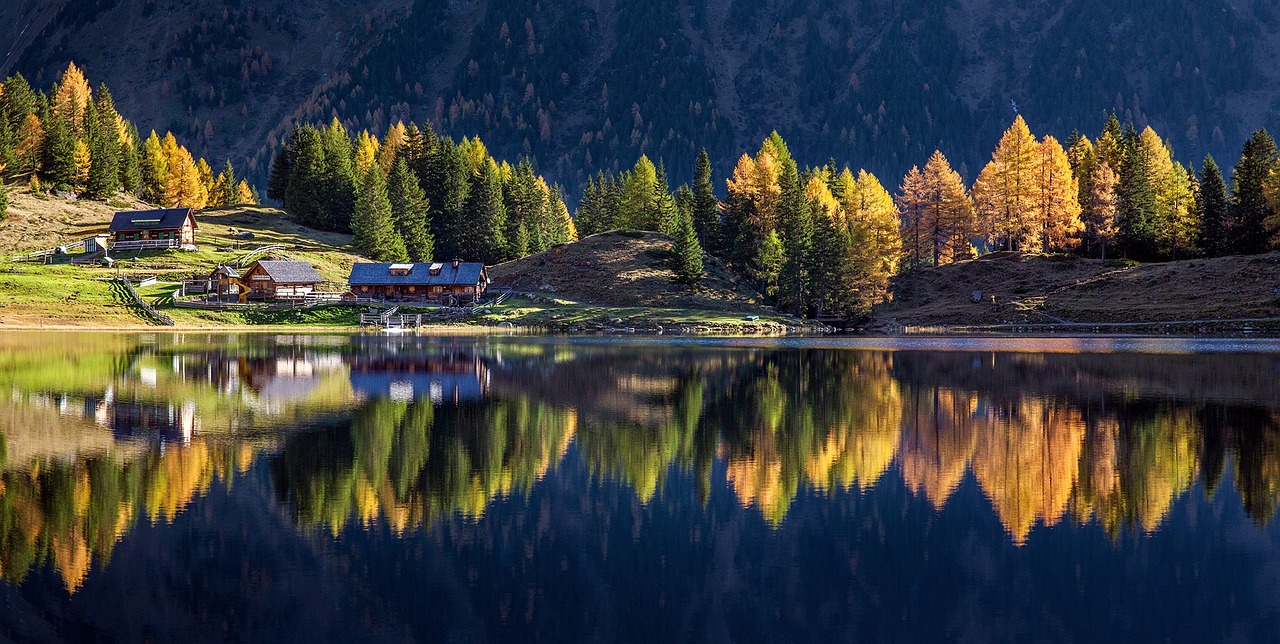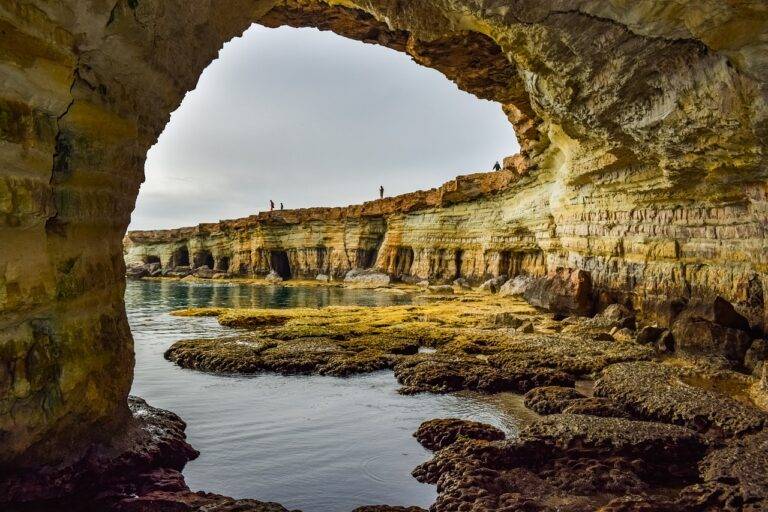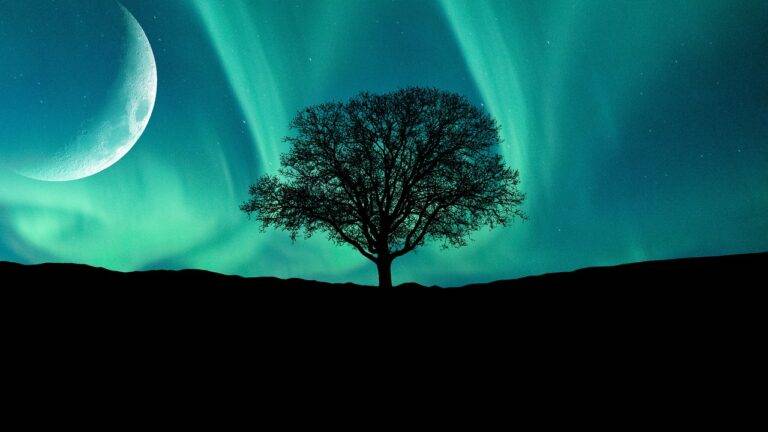Volcano Tourism: Exploring Active and Dormant Volcanoes Around the World
Volcanoes can be broadly categorized into three main types based on their eruption style and the composition of their lava. Shield volcanoes are characterized by gentle sloping sides and are formed by the accumulation of fluid basaltic lava. They typically have non-explosive eruptions and can grow to immense sizes over time, such as Mauna Loa in Hawaii, one of the largest shield volcanoes in the world.
Stratovolcanoes, also known as composite volcanoes, are the most common type of volcano on Earth. These steep-sided cones are built up by alternating layers of lava, ash, and volcanic rocks. Stratovolcanoes are capable of producing both explosive eruptions and lava flows, making them some of the most dangerous volcanoes in terms of potential hazards. Famous examples of stratovolcanoes include Mount Fuji in Japan and Mount St. Helens in the United States.
Famous Volcanic Destinations
Mount Vesuvius in Italy is renowned for its devastating eruption in 79 A.D., which buried the Roman cities of Pompeii and Herculaneum under layers of ash and pumice. Today, this iconic stratovolcano attracts visitors from around the world who are intrigued by its historical significance and the scenic views of the Bay of Naples from its summit.
Another famous volcanic destination is Mount Fuji in Japan, an active stratovolcano that is a symbol of Japan and a UNESCO World Heritage Site. Located about 100 kilometers southwest of Tokyo, Mount Fuji is a favorite destination for hikers and nature enthusiasts who are drawn to its perfectly symmetrical cone shape and the stunning vistas it offers of cherry blossoms in the spring and vibrant autumn foliage.
Safety Tips for Visiting Volcanoes
When visiting volcanoes, it is essential to adhere to safety measures to ensure a smooth and secure experience. Always follow the guidelines provided by local authorities and experts to minimize risks. Pay close attention to warning signs and alerts regarding volcanic activity in the area you plan to visit.
Additionally, it is crucial to stay on designated paths and trails when exploring volcanic landscapes. Venturing off marked routes could put you at risk of encountering hazardous terrain or getting too close to unstable ground. Remember that safety should always be your top priority when visiting these dynamic and unpredictable natural wonders.
What should I do if I encounter volcanic ash while visiting a volcano?
It is important to cover your mouth and nose with a mask or cloth to avoid inhaling the ash. Seek shelter indoors if possible and follow any evacuation orders given by authorities.
Is it safe to approach lava flows or molten lava?
No, it is extremely dangerous to approach lava flows or molten lava as they can reach temperatures of over 1,200 degrees Celsius. Keep a safe distance and never attempt to touch or walk on lava.
Are there any warning signs to look out for when visiting a volcano?
Yes, some warning signs of an impending eruption include increased seismic activity, changes in gas emissions, and ground deformation. It is important to heed any warnings issued by local authorities and follow evacuation orders if necessary.
What should I pack when visiting a volcano?
When visiting a volcano, it is important to pack essential items such as sturdy hiking boots, a first aid kit, plenty of water, sunscreen, and a flashlight. It is also a good idea to bring a map of the area and a fully charged cell phone for emergencies.





